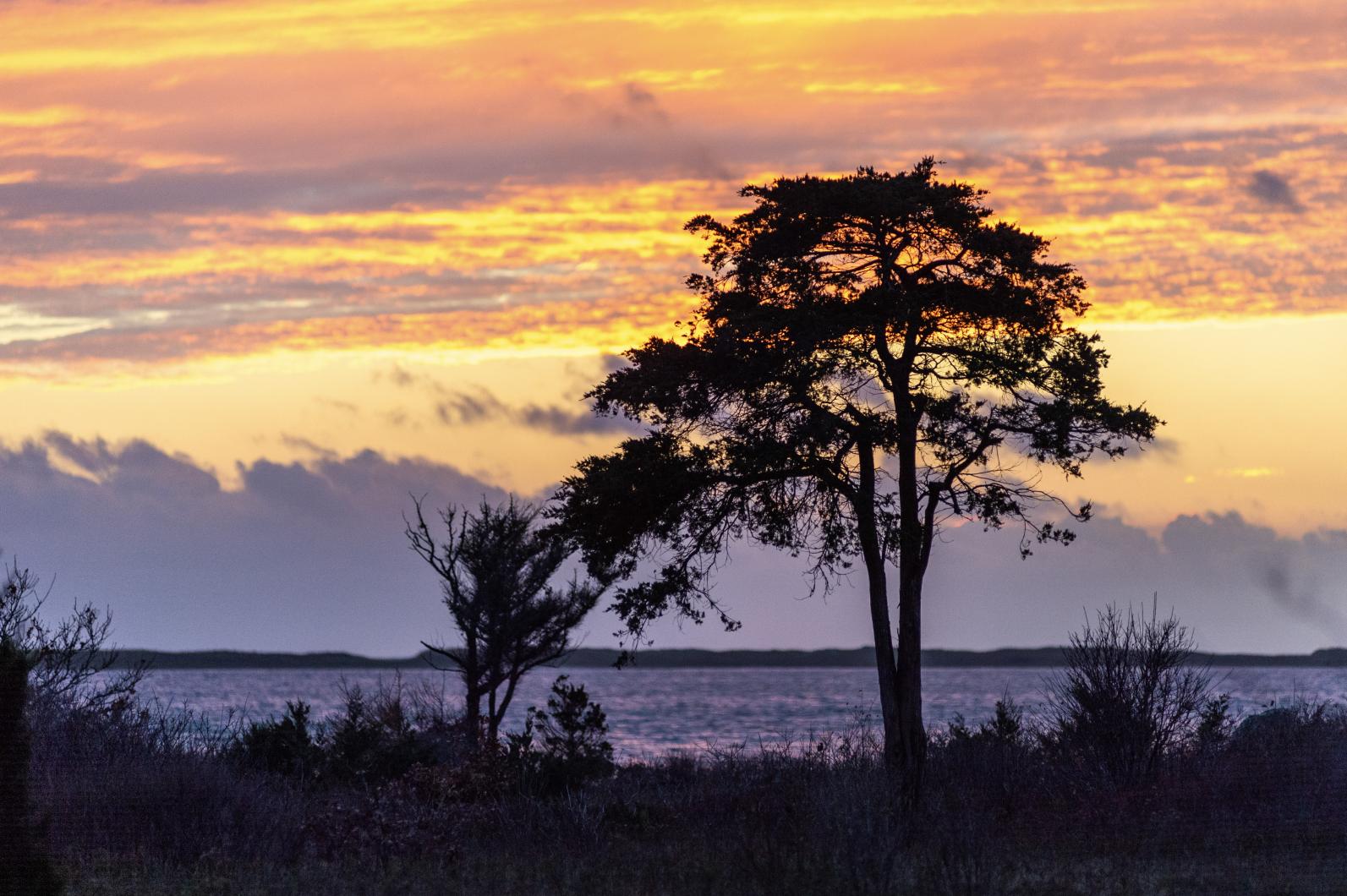A new effort to understand how land management across the Vineyard can help fight climate change is hoped to serve as a model for other communities looking for ways to battle global warming.
The Woodwell Climate Research Center in Woods Hole has embarked on a study with the Martha’s Vineyard Commission and Sheriff’s Meadow to figure out how much carbon the Island’s natural landscape can hold. In doing so, the groups hope to uncover opportunities to store more carbon through nature and prevent it from being released into the atmosphere — a strategy that could be translated to mainland towns looking to do their bit.
The project started in 2021, when Sheriff’s Meadow paid for an airplane to fly over the Vineyard and send down laser beams that then bounced back to give a 3D picture of the Island’s landscape, said Christopher Neill, a senior scientist at Woodwell.
Known as a light detection and ranging survey, or LiDAR, this laser data is used to create a topographic map of the Vineyard that can show the height of individual trees. That map is paired with dozens of on-the-ground surveys detailing every type of vegetation. Conducted last summer, the survey ranges from grasslands to dense forest.
The combination is then used to calculate the amount of greenhouse gas that can be stored naturally across the Island.
“The idea is to find out what kinds of habitats hold the most [carbon] and what is the potential of those habitats to sequester more,” said Mr. Neill.
The researchers also have 22-year-old landscape survey data from Harvard Forest, letting them compare how much carbon the Island was storing in 2000 versus 2022.
Soil samples are also being taken to see how much carbon is stored in the ground, and marsh surveys are planned for this summer. Once it’s finished, it will be a highly-detailed look at a contained and singular place.
In the past, this work has been done on a much grander scale, giving broad brush strokes for large areas. But as climate change concerns increase at the local level, this data, expected to be finished by the end of the year, can help Islanders think about how the landscape should be managed to cut back on emissions.
Woodwell and the other partners envision it could be used as a guide for industries such as construction, agriculture and landscaping.
“We’re hoping to learn how to better relate to the natural environment around us,” said Ben Robinson, the chair of the Martha’s Vineyard Climate Change Task Force.
Several residential yards were also surveyed as part of the project. With landscaping being such a big business on the Island, figuring out how much carbon different vegetation can store could help landowners decide what to plant on their properties, Mr. Robinson said.
There should be some nuance to interpreting the data once it’s out, though, Mr. Neill warned.
It’s likely that dense forests sequester the most carbon, but Mr. Neill didn’t think the Vineyard should shift just to become a big, 87-square mile wood. Different types of habitats are needed in different areas and the question of more carbon sequestration should be weighed against biodiversity.
“You could plant trees on Katama, but in terms of biodiversity that would be detrimental,” he said. “It has to be a balance.”







Comments (1)
Comments
Comment policy »